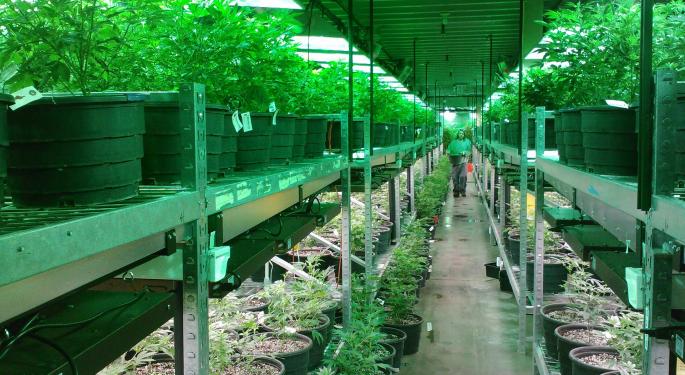
Sometimes, efforts that begin with the best intentions can just end up making things worse. The Centers for Disease Control and state and local regulators have been fighting the national epidemic of prescription opioid painkiller abuse by increasing regulation of prescription opioid drugs and pressuring physicians to minimize prescription strength and dosage.
Consequences Of Regulation
But while these efforts to curb the supply of prescription opioids were intended to reduce drug abuse, it’s becoming clear that many abusers are simply opting for a cheaper and potentially more dangerous alternative.“Absolutely, much of the heroin use you’re seeing now is due in large part to making prescription opioids a lot less acceptable,” Washington University in St. Louis psychiatry professor Theodore Cicero said. Cicero was involved in a 2012 study that found efforts to reformulate OxyContin to deter abuse ultimately resulted in heroin use nearly doubling.
Rx Vs. Recreational Drugs
The link between opioid recreational drugs such as heroin and opioid prescription drugs like OxyContin is straightforward. Many heroin abusers became addicted to prescription painkillers first when using them to treat chronic pain or recover from surgeries or other medical procedures. Once their supply was cut off or reduced, they turned to heroin.One recent study found that 86 percent of heroin users used prescription opioid drugs prior to using heroin. While reducing the supply of prescription opioids via government regulation may be helping to prevent new cases of addiction, it seems to be pushing a number of prescription users down a dangerous path.
The Bloomberg graph below highlights the steady decline of prescription opioid cases since the government began cracking down on painkillers. Unfortunately, the decline in prescription drug abuse has coincided with a massive surge in heroin overdoses.

There are still plenty of Americans who are in pain and plenty of Americans who need to recover from medical procedures. Opioid regulation doesn’t change those numbers one bit. However, data indicate that the government may have one powerful tool to use in the fight against opioid abuse: marijuana.
A Greener Alternative
A University of Michigan study found that patients treating chronic pain with marijuana reduced their reliance on prescription pain medication by 64 percent.Another study found that doctors in states with legalized medical marijuana prescribe an average of 1,826 fewer doses of prescription painkillers annually.
“We’re in the midst of an opioid epidemic, and we need to figure out what to do about it,” study author Kevin Boehnke said. “I’m hoping our research continues a conversation of cannabis as a potential alternative for opioids.”
A 2014 study found that about 9 percent of people who have tried marijuana develop a dependence for the drug compared to 23 percent of people who have tried heroin. However, while heroin overdose is extremely common, the author of the study noted that the estimated fatal dose of TCH, the active compound in marijuana, would require “a far greater amount of cannabis than even a very heavy cannabis user could use in a day.”
Marijuana may not be the ideal solution to the opioid epidemic, but it could certainly offer an improvement to the current situation. Investors hoping that the heroin explosion will pressure federal lawmakers to legalize medical marijuana have been piling into popular medical marijuana stocks such as GW Pharmaceuticals PLC-ADR GWPH, Scotts Miracle-Gro Co SMG and CANOPY GROWTH CORP COM NPV TWMJF.
Unfortunately for marijuana investors, the chances of federal legalization during the Trump administration seem slim. Attorney General Jeff Sessions has said he is “definitely not a fan of expanded use of marijuana.”

No comments:
Post a Comment